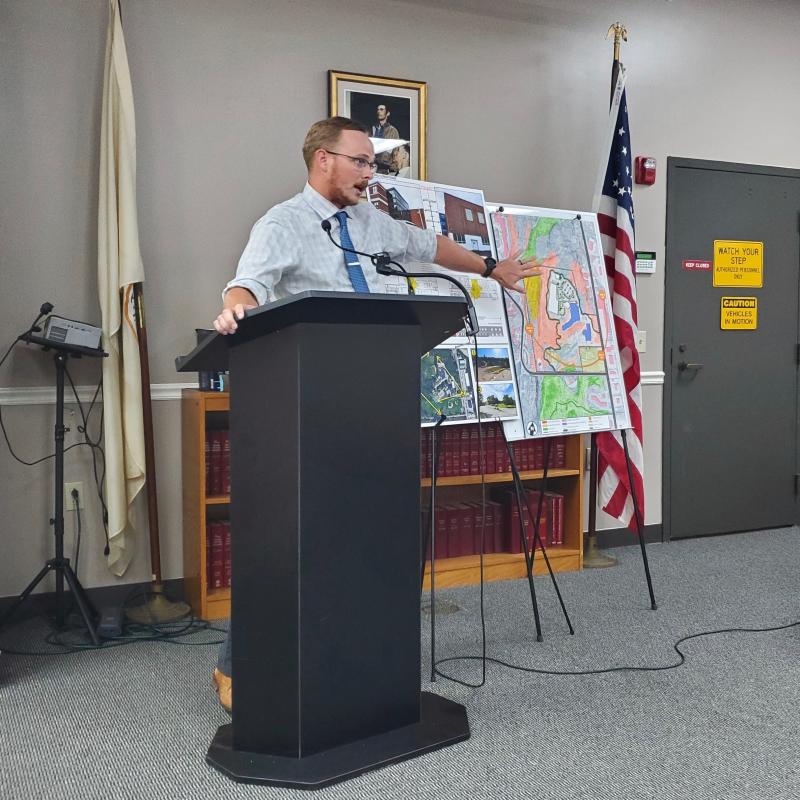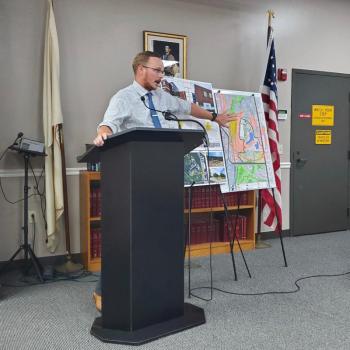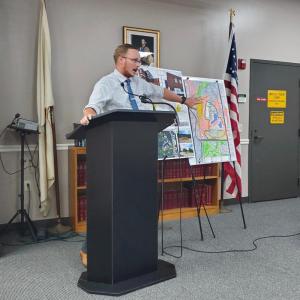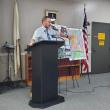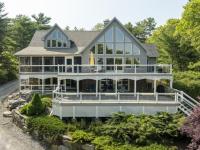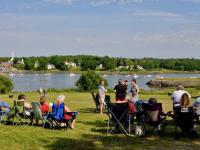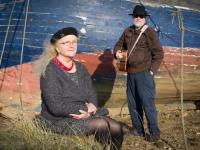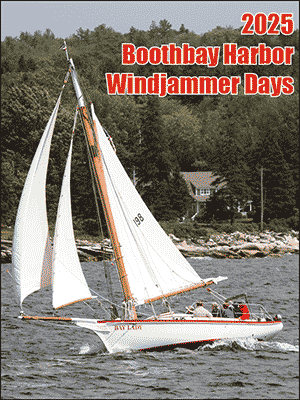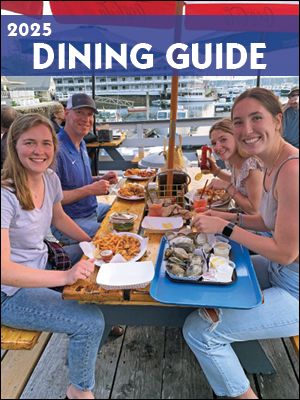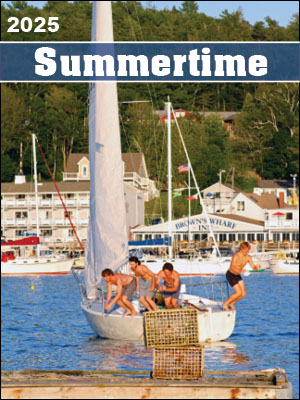Appeals board denies school variance request
The Boothbay Harbor board of appeals denied a variance request Sept. 6 from Alternative Organizational Structure (AOS) 98. The school requested part of the proposed new Boothbay Region High School building be allowed to extend above a height limit set by ordinance.
The proposed building plan includes a windowed section in the center to bring in natural light. It extends up to 42 feet and makes up around 8% of the structure's facade, according to project architect Joe Britton. The town code sets the maximum building height at 35 feet, or two and a half stories, whichever is less.
"We designed that spine knowing it was a risk, and so we do have an alternative solution that puts it back under 35 feet,” Britton said. “It does impact the amount of natural light that we talked about. Without it, we’ll look at alternative solutions.”
Britton and AOS 98 Superintendent Robert Kahler presented their case to the board and said natural light, and the design that allows it, benefit education, health and energy efficiency. According to Britton, the design still allows for natural light without the high section, such as skylights and windows. However, he said it would not be as much as they had hoped for.
The variance request was before the Nov. 7 referendum to approve bond funds for the $60 million school. Kahler said it was the first time the proposed design and construction have come before a town board. According to Kahler and Britton, they have been working with the town’s code enforcement officer, but the plans have not gone to the planning board because the referendum vote has not passed. Kahler said he is not sure how large a setback this is, but they left the meeting with much better information.
"We’re not asking for a palace, but if we could do this, it would be great,” he said. “If not, then what? It's not like the school can't be built and we wouldn't have benefits, it just wouldn't be as much. But now, at least, we know what area to focus on ..."
A variance request must meet four criteria to demonstrate undue hardship, as voted on by the board. These include stipulations on the building’s unique character, impact of the project, and the need for the variance. The board discussed the abutters, visibility, building orientation and location. There was no comment from abutters or the public.
The board unanimously approved three of the stipulations but rejected, 4-1, that “the land in question cannot yield a reasonable return unless a variance is granted.” According to Geoff Smith, Boothbay Harbor code enforcement officer, that stipulation is legally met when strict application of the zoning ordinance would result in the practical loss of all beneficial use of the land. Smith said the stipulation normally regards financial value and returns, which do not apply as much in the case of a school.
The school representatives argued that the value in this case is its potential for education. Kahler said the design allowing natural light would add to the quality of education, but education could occur without it.
Wendy Wolf, who was reelected board chair at the meeting, said variances are intended by the Maine legislature to be very few and rare. She said the stipulation that was rejected is the strictest and hardest to meet, and the board cannot infer elements of the application that are not objective and identifiable.
“So, talking about the necessity of providing ambient light, you and I all think that is a wonderful thing, and I certainly think that is wonderful,” she said. “But does that constitute enough to sway us that it overcomes the standard for reasonable return? The board obviously voted that it did not. It's not verifiable."

